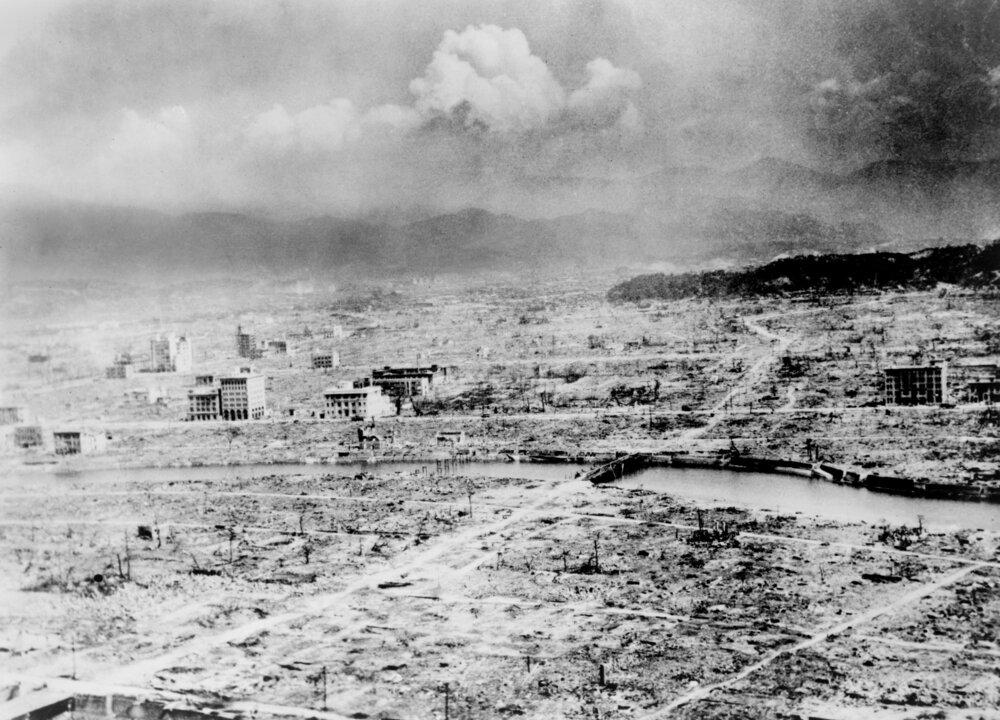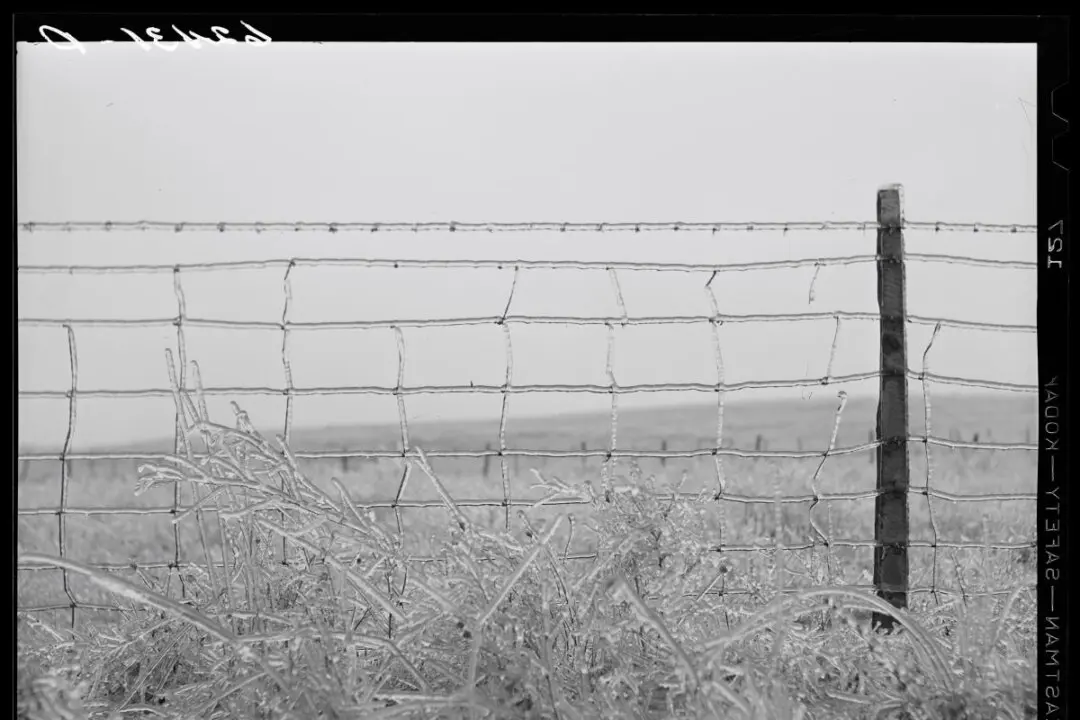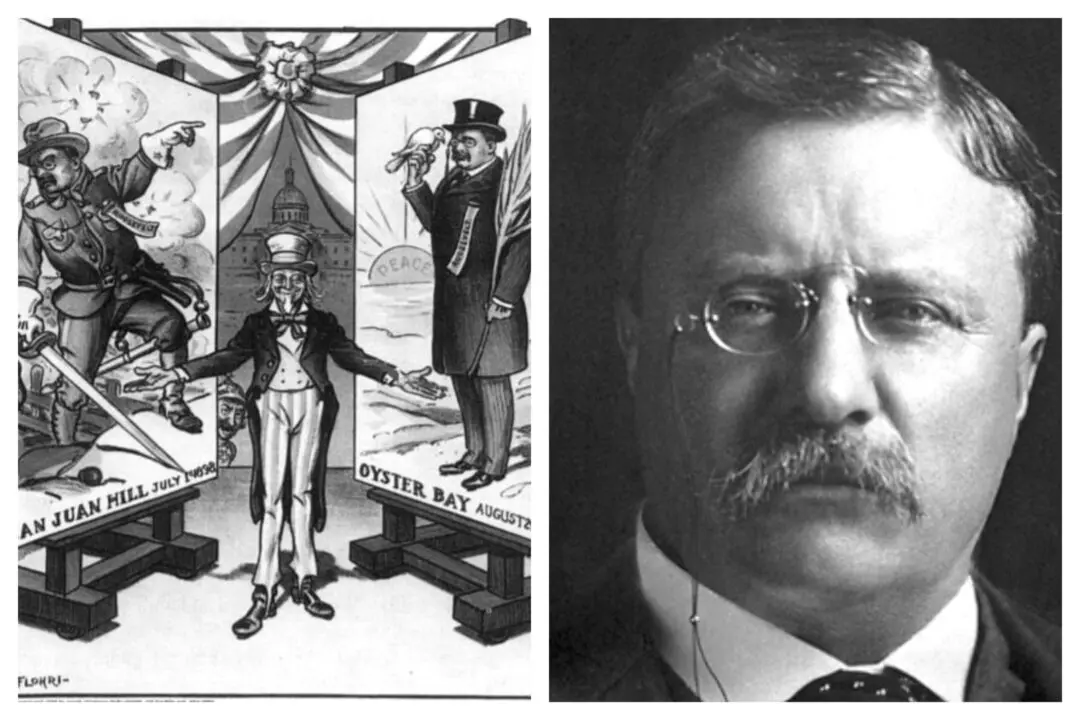After the film “Oppenheimer” released in July 2023, the national conversation returned to whether or not the development of the atomic bomb was prudent, and, furthermore, if dropping the nuclear weapon twice on Japan was necessary. These are not new conversations. The questions posed now were posed by prior generations dating back to 1945.
Some of these arguments will, perhaps, remain perpetually and be discussed for decades without any consensus, but some of these arguments have been fully debunked. Barrett Tillman, World War II scholar and the author of dozens of military works, including “When the Shooting Stopped: August 1945,” discusses a number of these issues on a The Sons of History podcast.






